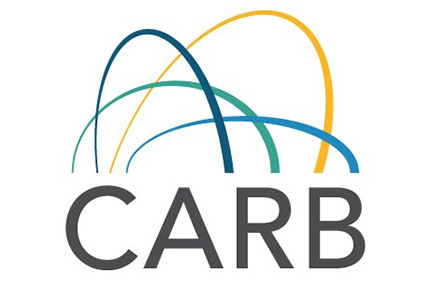The California Air Resources Board (CARB) has provided information about the possible dangers from contact with ash and safe disposal procedures after large amounts of ash has spread across the state from the recent fires.
The ash deposited by forest fires is relatively nontoxic and similar to ash that might be found in your fireplace. However, any ash will contain small amounts of cancer-causing chemicals. In addition, fire ash may be irritating to the skin, especially to those with sensitive skin.
If the ash is breathed, it can be irritating to the nose and throat and may cause coughing. Exposure to ash in air might trigger asthmatic attacks in people who already have asthma.
Therefore, in order to avoid possible health problems the following is recommended.
- Do not allow children to play in the ash.
- Wash ash off children’s toys before children play with them.
- Clean ash off house pets.
- Wear gloves, long sleeved shirts, and long pants and avoid skin contact.
- If you do get ash on your skin, wash it off as soon as possible.
- If you have a vegetable garden or fruit trees, wash the fruit or vegetables thoroughly before eating them.
- Avoid getting ash into the air as much as possible. Do not use leaf blowers or take other actions that will put ash into the air.
- Shop vacuums and other common vacuum cleaners do not filter out small particles, but rather blow such particles out the exhaust into the air where they can be breathed. The use of shop vacuums and other non-HEPA filter vacuums is not recommended. HEPA filter vacuums could be used, if available.
- Well fitting dust masks may provide some protection during cleanup. A mask rated N-95 or P-100 will be more effective than simpler dust or surgical masks in blocking particles from ash. In general, many ash particles are larger than those found in smoke; thus, wearing a dust mask can significantly reduce (but not completely eliminate) the amount of particles inhaled.
- Persons with heart or lung disease should consult their physician before using a mask during post-fire cleanup.
- Gentle sweeping of indoor and outdoor hard surfaces followed by wet mopping is the best procedure in most cases. A damp cloth or wet mop may be all that is needed on lightly dusted areas.
- The Regional Water Control Quality Board has asked the public to avoid washing ash into storm drains whenever possible.
- If ash is wet down, use as little water as possible.
- Collected ash may be disposed of in the regular trash. Ash may be stored in plastic bags or other containers that will prevent it from being disturbed.
Ash and debris inside burned structures may contain more toxic substances than forest fire ash because of the many synthetic and other materials present in buildings. Older buildings in particular may contain asbestos and lead. A more cautious approach should be taken in the removal of ash and other debris from inside burned structures.

